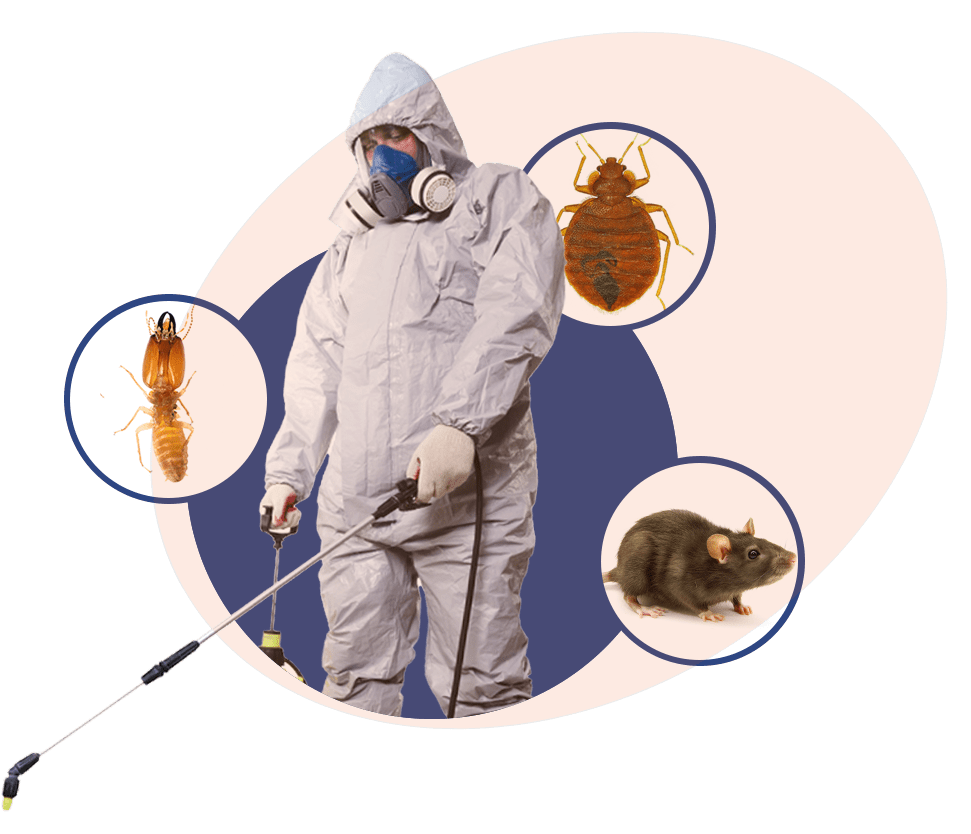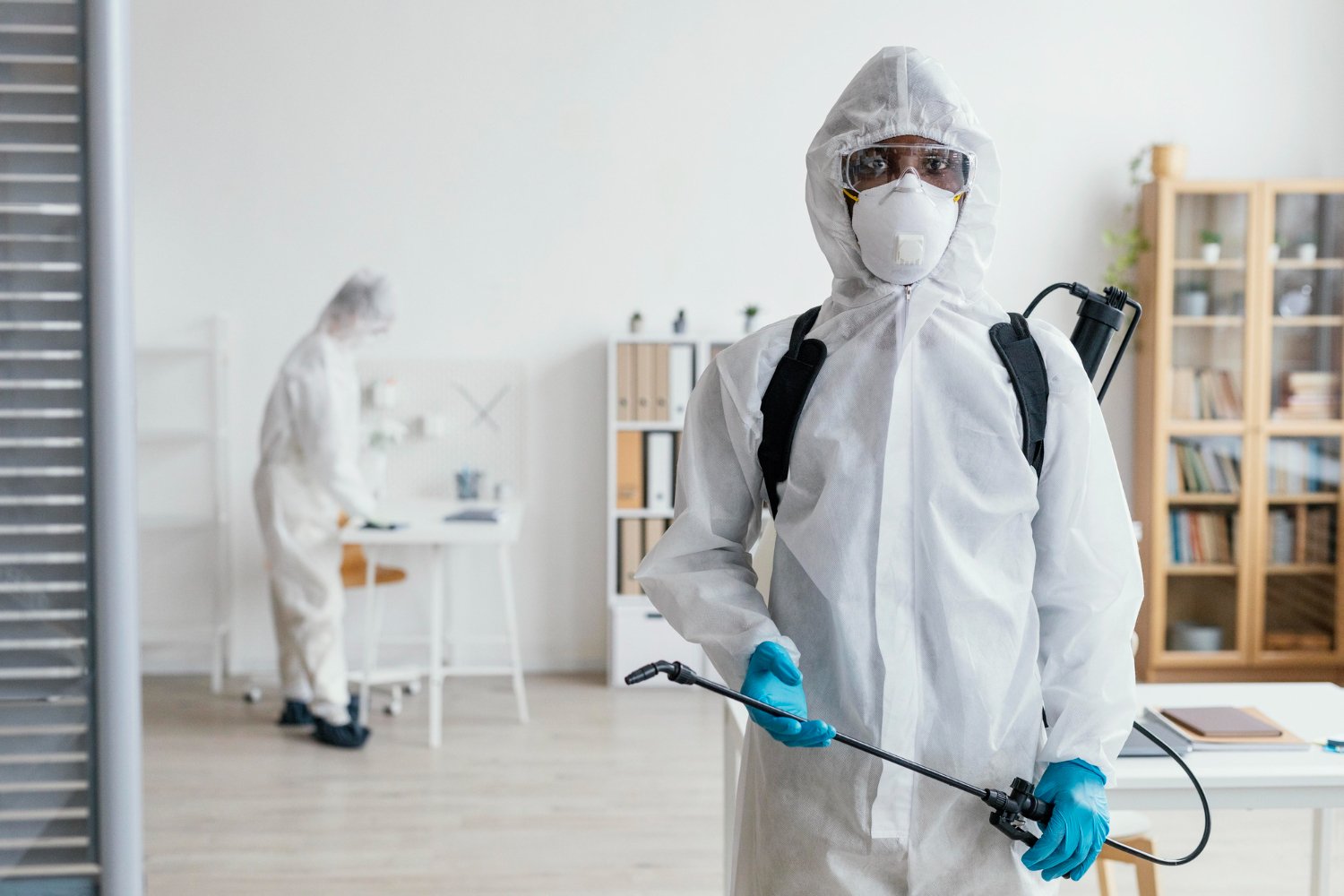Pest Control treatments covering residential and commercial properties.
Eco-Friendly Insect Control Approaches for Handling Wildlife in Urban Locations
Urban locations usually locate themselves at the crossway of human activity and wildlife, leading to unique challenges in parasite monitoring. These approaches not just secure the atmosphere but also enhance area involvement in wild animals administration. As metropolitan populations continue to grow, understanding the characteristics of wild animals interactions becomes increasingly essential.
Understanding Urban Wild Animals Characteristics
Understanding Urban Wild animals Characteristics is vital for developing reliable and green bug control techniques. Urban areas are significantly ending up being habitats for numerous wildlife varieties, driven by variables such as habitat fragmentation, food availability, and human advancement. Acknowledging these characteristics permits a nuanced approach to pest monitoring that aligns with ecological principles.
Urban wild animals typically consists of types such as raccoons, squirrels, and birds, which adapt to city atmospheres, finding niches in environment-friendly spaces, parks, and also residential locations. Their existence can result in conflicts with humans, particularly when they make use of personnels for food and shelter. Comprehending the behaviors and environmental duties of these species notifies methods that minimize unfavorable communications while advertising biodiversity.
Additionally, recognizing the interdependencies within city communities assists in recognizing vital locations for habitat preservation and repair. This knowledge adds to the growth of incorporated pest management (IPM) methods that take into consideration the ecological balance, consequently lowering reliance on damaging chemicals. By cultivating conjunction between people and city wild animals, cities can create healthier atmospheres that profit both residents and local environments, leading the means for lasting urban living.
All-natural Repellents and Deterrents
All-natural repellents and deterrents supply a lasting choice to standard parasite control approaches by using the power of nature to maintain undesirable types at bay. These green options commonly use plant-based components, necessary oils, and various other naturally occurring substances that hinder parasites without hurting the atmosphere.
One effective all-natural repellent is peppermint oil, which is recognized to push back rodents and insects. Its solid fragrance is unpleasant to many parasites, making it a preferred option for urban setups. Likewise, vinegar and citrus peels can act as deterrents, as their strong odors are usually unappealing to numerous wild animals.
In addition, diatomaceous earth is an all-natural powder that can be spread in areas susceptible to insect task, efficiently dehydrating and preventing insects without posturing dangers to non-target varieties. Moreover, garlic sprays and neem oil are recognized for their capability to fend off a vast array of parasites, including both pests and larger wild animals.
Executing these all-natural repellents not only reduces reliance on chemical pesticides yet also advertises a much healthier urban environment, fostering a much more well balanced conjunction between people and wild animals. By utilizing these methods, city locations can efficiently take care of pest populations while lessening ecological influence.
Habitat Adjustment Strategies
Reliable habitat modification methods play a crucial function in sustainable parasite monitoring by altering the atmosphere to make it less for pest problems. By recognizing the ecological dynamics of metropolitan areas, property owners can execute calculated alterations that deter pests while promoting biodiversity.
(Rat Control)One key technique includes keeping appropriate cleanliness. This consists of normal waste elimination, securing trash can, and eliminating standing water to decrease breeding websites for pests and rodents. Additionally, landscaping methods such as choosing native plants can enhance environmental balance, giving habitats for helpful organisms while minimizing resources for insects.
An additional crucial method is to secure entrance points in structures. Checking and repairing splits in structures, walls, and home windows can substantially decrease pest gain access to. Creating physical obstacles, such as fencings or plant buffers, can hinder wildlife movement right into human-inhabited areas.
Integrated Pest Monitoring Practices
Structure upon environment modification strategies, integrated insect management (IPM) methods use a holistic technique to controlling bug populations while reducing ecological impact. IPM integrates numerous techniques, consisting of organic, cultural, mechanical, and chemical controls, to accomplish reliable insect administration.
Organic control involves the introduction of all-natural predators or parasites to minimize parasite populations. Cultural methods, such as plant rotation and sanitation, interrupt pest life process and diminish their habitats - Pest Control. Mechanical controls, like catches and obstacles, provide immediate alleviation from bug stress without chemical intervention
Chemical controls are utilized as a last hope, concentrating on targeted applications that restrict injury to non-target species and the environment. The selection of eco-friendly chemicals, when essential, is integral to the IPM framework. Additionally, checking pest populations and evaluating prospective damage assists inform decision-making, guaranteeing that interventions are timely and efficient.
Neighborhood Participation and Education And Learning

(Mouse Control)Workshops and informational sessions can gear up locals with understanding about native species, environment conservation, and effective non-toxic insect management more tips here techniques. Partnership with schools, local organizations, and federal government firms better boosts instructional outreach, making certain that necessary details gets to varied audiences.
Furthermore, community-led efforts, such as neighborhood clean-up days and habitat reconstruction tasks, not just advertise biodiversity yet additionally reinforce neighborhood ties. Pest Control. By urging homeowners to share their experiences and monitorings, neighborhoods can develop targeted approaches that attend to details neighborhood bug issues
Including responses from citizens into parasite monitoring prepares allows a more responsive and flexible strategy to wildlife challenges. Inevitably, notified and engaged neighborhoods are key to attaining long-lasting success in environmentally friendly pest control, bring about much healthier urban settings that respect both human and eco-friendly demands.

Final Thought
In final thought, environment-friendly bug control approaches offer sustainable remedies for taking care of metropolitan wildlife. By focusing on habitat modification, making use of all-natural repellents, and executing integrated bug administration practices, areas can promote a harmonious conjunction with regional animals.